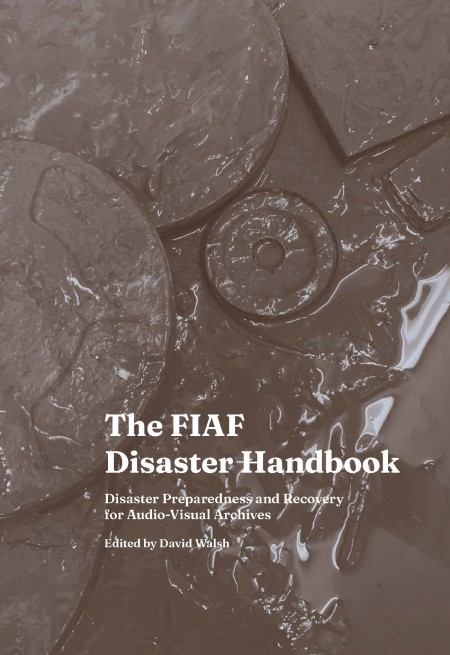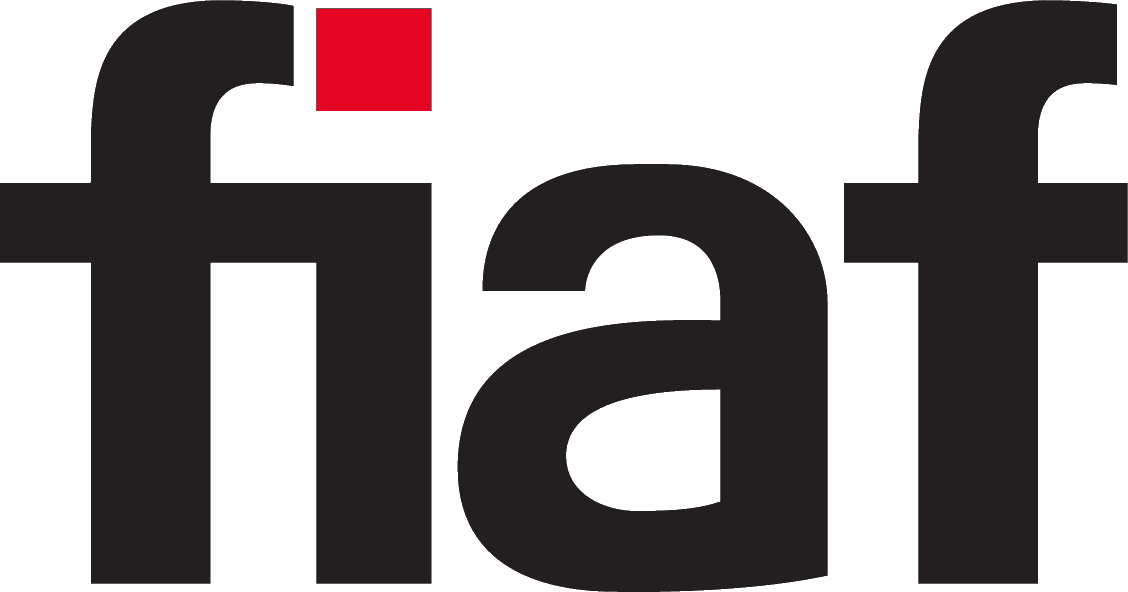The FIAF Disaster Handbook: Disaster Preparedness and Recovery for Audio-visual Archives
Edited by David Walsh. Published by FIAF in June 2024.
Now available for free on the Calameo platform, and it can be downloaded as a PDF file here.
The print version can be ordered here.

Are you fully prepared for any eventuality that might strike your film or tape collection? Does your organisation have a realistic and up-to-date disaster plan? Has everyone been trained in what to do in an emergency? When the floodwaters rise, the storm strikes, the storage tank bursts, will a well-practised plan go smoothly into action? Do you know what urgent action is needed to save a vault full of soaked film reels? Have you got all the material and equipment needed to deal with your photograph collection after the fire hoses have been at work?
For too many of us, disaster planning is thought to be somebody else’s responsibility. If the answer to any of the questions above is No, then it is time to act. In a world that is increasingly vulnerable to extremes, disaster preparedness is everybody’s responsibility. This book is your essential guide to all aspects of preparing for any disaster, big and small, that might hit your audio-visual collection. Read it, and then make sure that everyone else reads it, so that when disaster strikes – which will happen, sooner or later – your collection will be as safe as it can be. Remember, a disaster can wipe out an entire collection in a moment: don’t let this happen!
The Handbook provides a clear guide to making an audio-visual archive as resilient as possible to disasters of any magnitude, from local events such as fires and water leaks, to region-wide catastrophes such as severe storms and earthquakes, and covers both physical and cyber security. It shows how beneficial disaster preparedness is to an organisation, improving collection care, increasing staff engagement, and leading to better involvement from managers.
Should a disaster happen, the steps needed to achieve the best possible outcome are carefully set out, with clear instructions for the most urgent actions needed to stabilise disaster-affected items – especially those exposed to water – such as videotapes rescued from floodwater, or documents soaked by a leaking pipe. A series of case studies are included which vividly illustrate the diversity of disastrous events and the level of success of the affected collections’ preparedness and recovery efforts.
The authors, gathered from around the world, are all experts in their fields, and it is anticipated that this Handbook will greatly reduce the vulnerability of the world’s audio-visual heritage to external threats, large and small.
David Walsh, Editor





